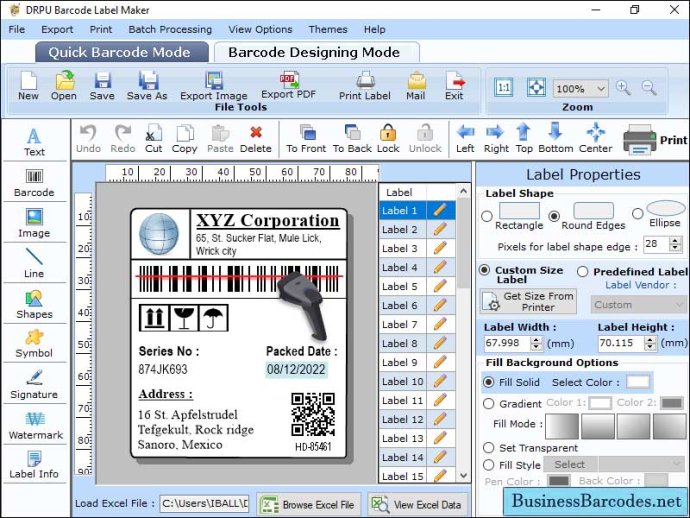This software offers an intuitive interface for effortless scanning, decoding, and integration with diverse systems/databases. It streamlines workflows, easing tracking and reducing the workload, thus, facilitating a smooth business operation.

The ability of the scanner to accurately scan barcode images depends on a variety of factors. One such factor is the types of scanners used and the quality of the scanner itself. This will ultimately affect the accuracy of the scanner when it comes to various conditions.
Different orientations and lighting conditions can have a significant impact on the scanner's ability to read barcode images. Handheld barcode scanners are often able to read barcodes at different angles and can be adjusted to fit the user's specific scanning requirements. However, scanners with fixed positions or mobile devices may have more limited capabilities when it comes to reading barcodes in varying orientations or lighting conditions.
Barcodes on curved or irregular surfaces can also pose a challenge for scanners. As the surface curves, the distance between the scanner and the barcode changes, which can affect the accuracy of the scan. However, 2D barcodes can be more easily decoded on curved surfaces than linear font barcodes.
The ability of the scanner to read damaged or poorly printed barcodes is another essential function of barcode scanning software. The level of damage to the barcode, the type of barcode image, and the scanner used can all play a role in the scanner's ability to read the barcode accurately. 1D barcodes rely on the accuracy of the spacing between the bars to be read, making damaged linear barcodes more difficult to decode. Some scanners utilize special algorithms or imaging technology to enhance the readability of barcodes in challenging conditions, making it a very versatile piece of software.
Version 3.3: N/A